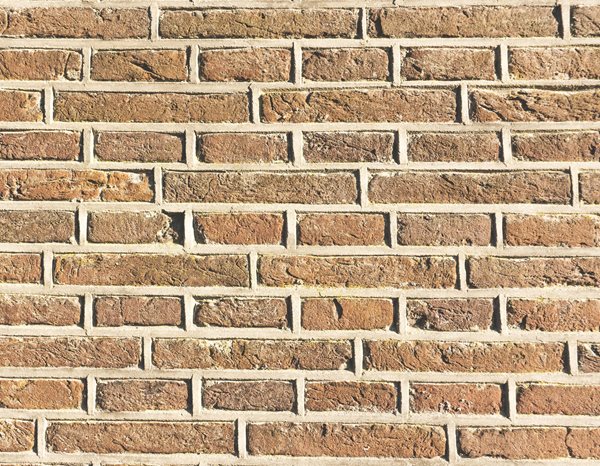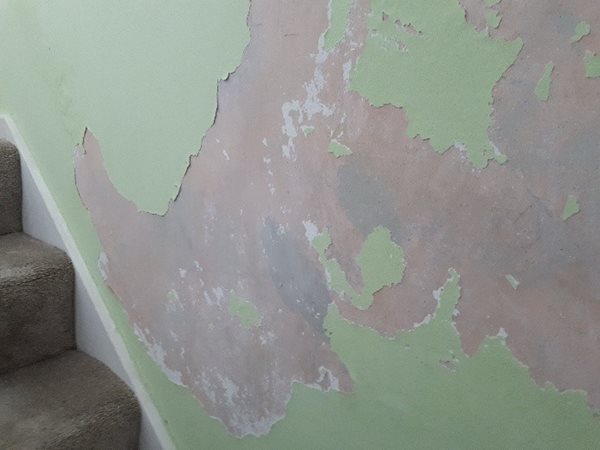 Today we’re pleased to welcome Ben Gardiner from our partner Egerton Surveying, to discuss cavity wall insulation.
Today we’re pleased to welcome Ben Gardiner from our partner Egerton Surveying, to discuss cavity wall insulation.
This is when cavities in exterior walls are filled with insulation in order to cut down on heat loss. Whilst this can seem like a great option for those hoping to keep their heating bills down in their new property, cavity wall insulation can cause huge problems if it hasn’t been set up correctly.
The set up of CWI and its removal if it goes wrong can cause substantial damage to your property and may affect the value when you try to sell.
Surveying cavity wall insulation
Chartered building surveyors working in the residential property sector offer a range of different services for clients. Many are now working with clients to provide technical assistance in relation to retro-fit insulation measures.
Few insulation measures polarise opinion as much as cavity wall insulation (CWI). Many people have benefited from improved insulation within their cavity walls, whilst others have suffered greatly from penetrating dampness, condensation and mould.
Where damage has allegedly been caused, surveyors such as myself specialising in this field face a problem that is often complex to evaluate.
As a member of the
Royal Institution of Chartered Surveyors (RICS), I am governed by professional and ethical standards in all work I undertake. I am duty-bound to undertake all surveys in an unbiased manner regardless of how the occupant, claims company, solicitor etc, may wish to influence proceedings.
Specific CWI surveys and reports form a large proportion of the instructions I personally receive.
However, for most residential surveyors carrying out RICS HomeBuyer Surveys and Building Surveys, it is an area in which they have limited experience. Consequently, it can be difficult for CWI to be adequately assessed and home buyers properly advised.
What is a cavity wall insulation survey?
A specific CWI survey involves a thorough whole-building inspection, similar to a RICS Building Survey. For example, it requires a similar amount of time spent at the property, an in-depth assessment of the building’s performance and defects and a carefully crafted report.
The difference is that neither a
Building Survey or a HomeBuyer Survey allow for intrusive investigations. The ability to drill into a cavity in multiple locations provides a surveyor with valuable information as to the performance of the CWI and condition of the cavity. That being said, there is a wealth of information a residential surveyor can collect by visual means only.
If you suspect that the performance of the CWI may be compromised, the following points should be considered by your surveyor:
- Exposure to walls to wind driven rain
- Drill pattern
- Size and condition of drill holes
- Cavity trays and weep holes
- Blocked or open air vents
- Location of internal dampness, mould and/or condensation
- Type of insulation (i.e. overspill in meter cupboards, roof voids, wall vents)
- Overall wall thickness
- Location and condition of damp proof course
- Internal temperature and relative humidity
So, even where a surveyor is unable to view the cavity and identify any voids, rubble or other issues, a judgement can be made on the performance of the CWI. With reference to technical documents (e.g. BBA system certificate), the report can give home buyers specific advice.
Even where the CWI may seem to be performing without any problems, home buyers will often request guidance on living with CWI now and in the future.

Where the surveyor suspects that CWI has been incorrectly installed, intrusive investigations will then need to be carried out to establish a clear cause.
It is always surprising as to what is present within a cavity, or more likely, what is not there. One of the main causes of failed CWI in residential properties in recent years is the 'ECO' stampede. Installers rushed to fill as many cavity walls as quickly as possible, with disregard for the suitability of properties.
The role of the guarantee agency CIGA in this and their current approach to ‘CWI claims’ has been discussed at government level. Indeed, the
Cavity Wall Insulation Victims Alliance (CIVALLI) continue to campaign against poor CWI installations and support those people affected.
Finally, residential surveyors are now also being faced with properties that have now had CWI extracted. A considerable amount of disruption can often be found to external walls and a surveyor will need to make specific enquiries in relation to the removal of any CWI. This should include whether the extraction was independently verified and what, if any, internal ‘making good’ works were carried out.
Unfortunately, whilst there are many good contractors now carrying out these extractions, there are also poor examples, including those by contractors who prospered filling the cavities in the first place.

Ben Gardiner is a residential chartered building surveyor in the north-west of England and throughout the U.K for
Egerton Surveying Ltd. Providing a full range of residential surveys including HomeBuyer Reports and Building Surveys, he specialises in the assessment of cavity and external insulation systems and expert witness reports. He is passionate about promoting best practice in the retro-fit insulation sector through the delivery of high-quality and independent survey reports.